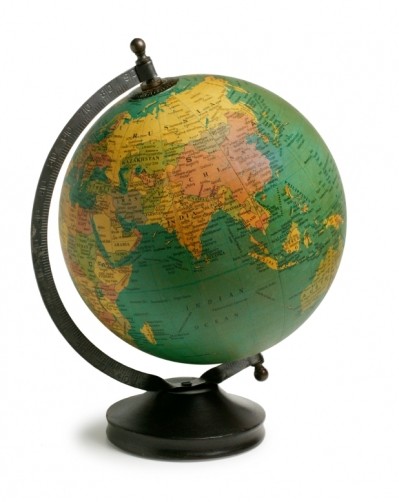Russian growth trickles down to opportunities for ingredients
manufacturers to set up base in the country - which, in turn, is
opening opportunities for ingredients suppliers to do more business
in the emerging market.
Russia has demonstrated continued growth in Gross Domestic Product in recent years, it has the highest GDP per capita in the BRIC zone, and there is a fast growth in income, from 1185 per capita USD/year in 2001 to 4803 per capita USD/year in 2007. Just last week Nestle said it is aiming to accelerate growth in Central and Eastern Europe from 10 per cent to over 15 per cent. This follows on from its announcement last November of the purchase of Ruzskaya Confectionery Factory - and with it the popular, premium Comilfo and Ruzanna brands. In February Unilever announced plans to move into the high-growth Russian ice cream market with the acquisition of Inmarko; SAB Miller, meanwhile, reiterated ambitions to expand into the Russian beer market. And in January, Kellogg acquired Russian-based United Bakers Group, including six manufacturing facilities throughout the country. Ingredients in Russia When suppliers see their major customers enter a new market, it makes sense for them to mirror the move so they are in the strongest position to meet their needs. Lee Doleman, European business development manager for Ocean Spray ITG recently told FoodNavigator.com, that when major food manufacturers make a bee-line for emerging markets like Russia, this opens up new opportunities for ingredients firms who have dealings with them in other markets. "We can build on the success of ingredients in other countries," said Doleman, "and ask them 'have you ever considered cranberries?'". He said that Poland, the Baltic States and into Russia are Ocean Spray ITG's biggest growth markets at present - not just because of the growing awareness of cranberries' health benefits, but also because of consumers' increasing buying power. "Things are changing with respect to health. People in the big cities have more money to spend," said Doleman. Another company gaining mass in Russia is flavour firm Symrise, which reported strong growth in emerging markets in its recent Q1 financial results. Russia was the real star of this market, reporting a 23.8 per cent sales increase in local currencies. Solae, meanwhile, is leading the charge for new uses of soy in Eastern Europe, including Russia, Poland and the Baltic States, as the traditional meat market for soy ingredients, based on their gelling and emulsifying properties, reaches maturity. At the recent FiCEE trade show in Warsaw, Dr Reinhart Schmitt, Solae's vice president for Europe, told FoodNavigator.com that the company is stimulating uses for soy in areas that have been popular in other countries for a while, like dairy and meat replacement and nutrition bars. Earlier this year French ingredients company Roquette opened a new sales subsidiary in Moscow. The starch specialist has been present in the country for more than ten years, represented by Rhodia. But now that it has seen its turnover grow rapidly and is satisfied with its present level of business, it has decided to take over the Russian sales side of its business. Sergei Belov, sales manager for the Russian subsidiary, told FoodNavigator.com that overall sales grew by 40 per cent in 2007, and that the company expects sales to continue to increase in 2008, mainly because of more focus on its Russian venture. The company expects its local presence will allow it to better respond to customers' needs and to monitor probable market developments. Power to the Russian consumer Market analyst Euromonitor recently released its top 10 consumer trends in Russia. Whilst these touch only tangentially on packaged food and beverages (as opposed to fast food and restaurant trends), the underlying message is clear: Russian consumers, especially in the cities, have more money to play with - and are prepared to use it to buy better quality goods. Citing economic growth at an annual rate of 6.9 per cent since 2003, Euromonitor said: "With Russian elites already overtaking Europeans in terms of conspicuous consumption, the consumer potential - and with it the scope of Western btands - is boundless once wealth trickles down to the bulk of consumers".















